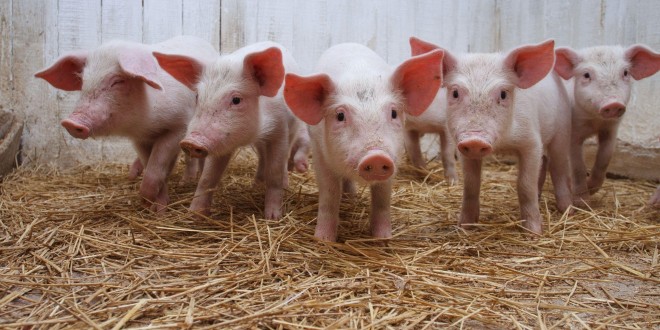PIG and chicken rearing are being backed by heavy investment dollars as the agricultural subsectors continue to see significant loan growth.
Piggeries started to get the attention of major lenders back in 2009, when the Development Bank of Jamaica (DBJ) disbursed $64 million in loans towards that area of production.
Since then a further $500 million has been lent to pig farmers through the government-owned lending agency.
For poultry, DBJ loans to the subsector topped $1 billion last year, up from $177 million in 2012 and $80 million five years ago.
"What you find is that poultry is the most sufficient converter of animal protein when compared to fish, cows or pigs," said Ian Parsard, senior vice-president of operations at the Jamaica Broilers Group. "So when costs are going up, chicken will go up at a lower rate than those other proteins and it is a competitive product for Jamaica consumers."


Currently, the system in place for the poultry industry encourages stability in the repayment of loans through contract farming with Jamaica Broilers and Caribbean Broilers and markets where one can "un-sell" their birds to repay their loans.
As such, contract farmers are beginning to expand their operations which results in the poultry processors' continuous investments in its feed mills, chicken plants and hatchery.
Depreciation of the Jamaican dollar also factors into the rising cost of animal protein, but the adverse impact on a company's working capital, as well as the disposable income of consumers, stretch businesses even further.
"It really is a two-edged sword; the best thing for the country as well as our company would be more stability in the exchange rate," said Parsard.
President of the Pig Farmers' Association Delroy Manya remains optimistic about growth of piggery and is lobbying to have contractual arrangement with processors and producers, which should be able to stabilise the industry going forward.
But the heavy investment in pig rearing over the last five years has had a downside.
"Last year, we had an over- production and many farmers pulled out, so now we are having a shortage," said Manya. "However, we are ramping up production to ensure that we have adequate supply for the domestic market."
Indeed, pork production fell 5.2 per cent to just below 9,000 tonnes in 2013, following 33 per cent growth the year before when production reached 9,500 tonnes.
Interestingly, poultry production has been somewhat flat at just over 100,000 tonnes since 2010, although ramped up investment in 2013 might translate into a jump in production this year.

